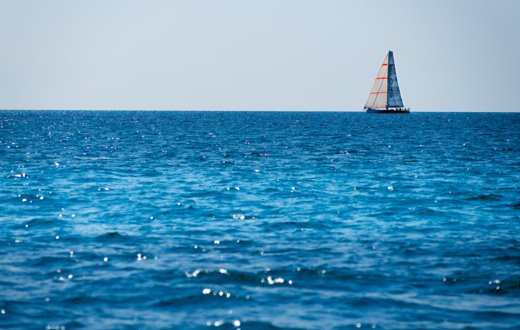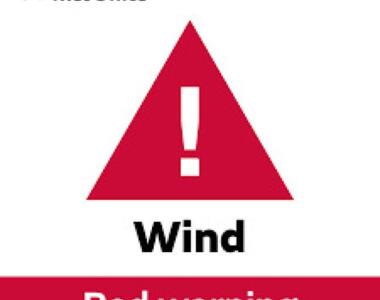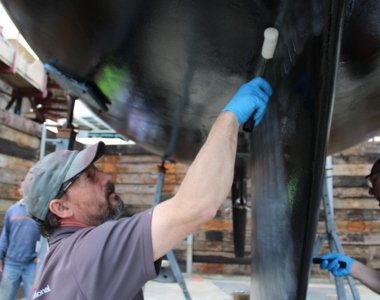-
Bangor Marina Bangor, Northern Ireland
-
Conwy Marina Conwy, North Wales, Wales
-
Deacons Marina River Hamble, Southampton, England
-
East Cowes Marina East Cowes, Isle of Wight, England
-
Haslar Marina Haslar, Portsmouth Harbour, England
-
Penarth Marina Penarth, Cardiff, Wales
-
Portishead Marina Portishead, Bristol, England
-
Portland Marina Portland, Dorset, England
-
Rhu Marina Rhu, Firth of Clyde, Scotland
-
Royal Quays Marina Royal Quays, North Shields, England
-
Weymouth Marina Weymouth, Dorset, England
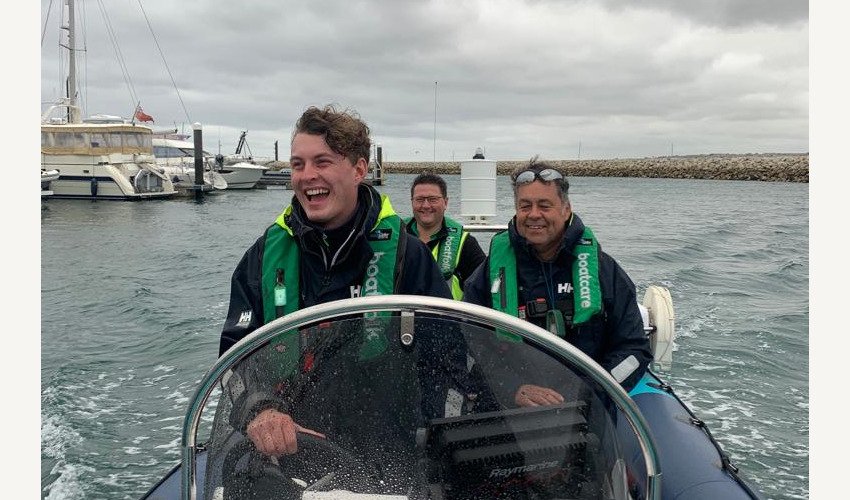
5th May 2024
Portland
Marina Safety Spotlight: Lifejackets
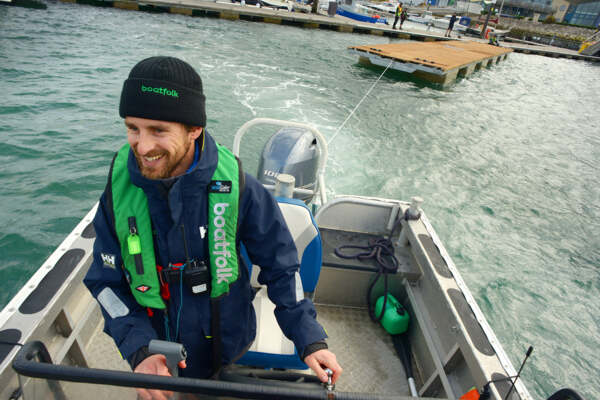
Now you've chosen your lifejacket, it's time to look after it so it's always ready to go. Every time you use it, give it a quick visual once over (check out the RNLI's video below) and, for inflatable lifejackets, get it serviced annually by a professional service centre.
It's also worth doing a few mid-season checks to ensure all is still as it should be, especially if your lifejacket stays in a locker for the majority of it's life;
- Manually inflate it and leave it for 24 hours. Top tip - use a small pump rather than blowing it up by mouth to avoid introducing moisture into the bladder.
- Check the gas cannister for corrosion, that the seal is intact, it is the correct weight of cannister for the lifejacket and the green retaining clip is in place or indicator is green.
- Check the stitching and any closures such as zips and clips for damage.
- Replace the crotch strap(s) if it/they are missing.
When you're not out and about adventuring afloat in your lifejacket, store it somewhere dry and out of direct sunlight, hung up or laid flat. Condensation can cause automatic lifejackets to go off, depending on the type of system they use!
If you've worn it in the rain, make sure it's properly dry before putting it away. You may want to consider laying it flat rather than hanging it up if it's dripping wet, so no water can drip onto the automatic system and inadvertantly set it off.
Happy boating!
















